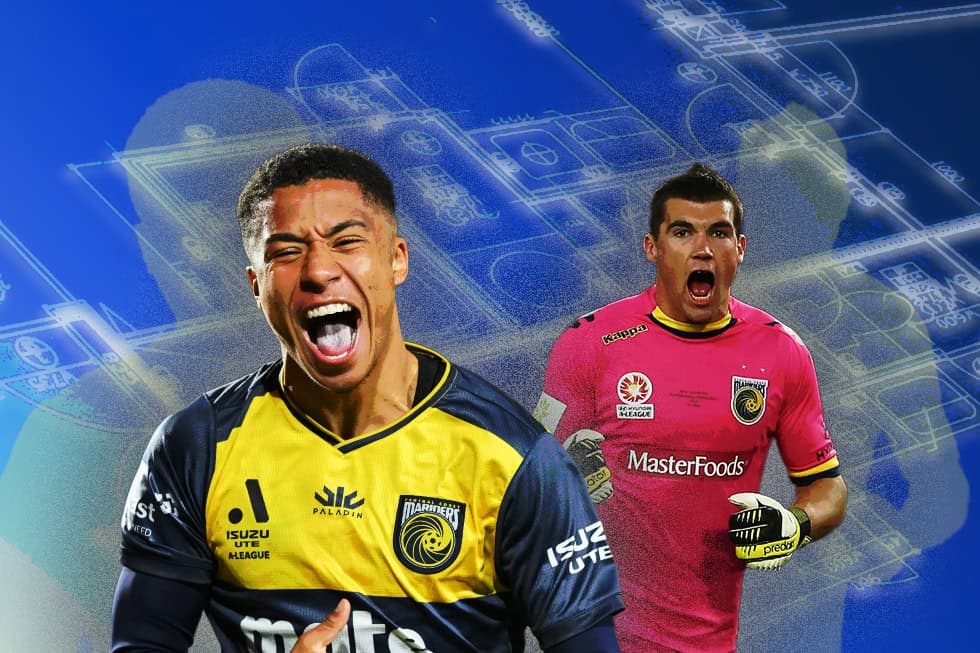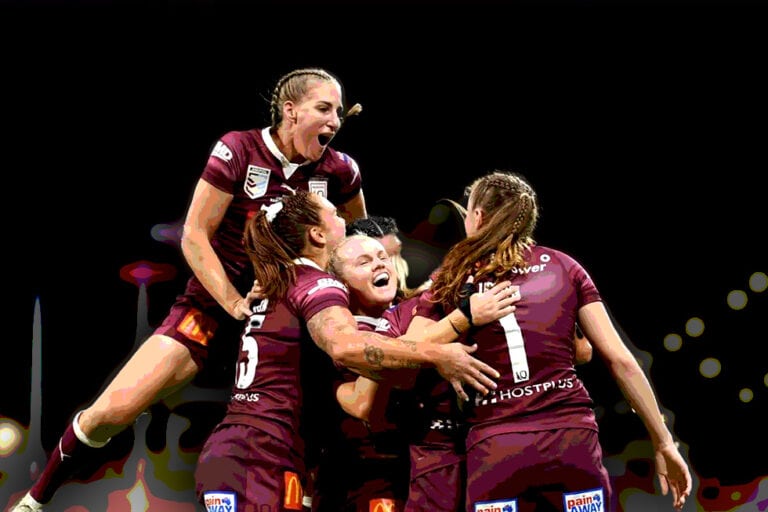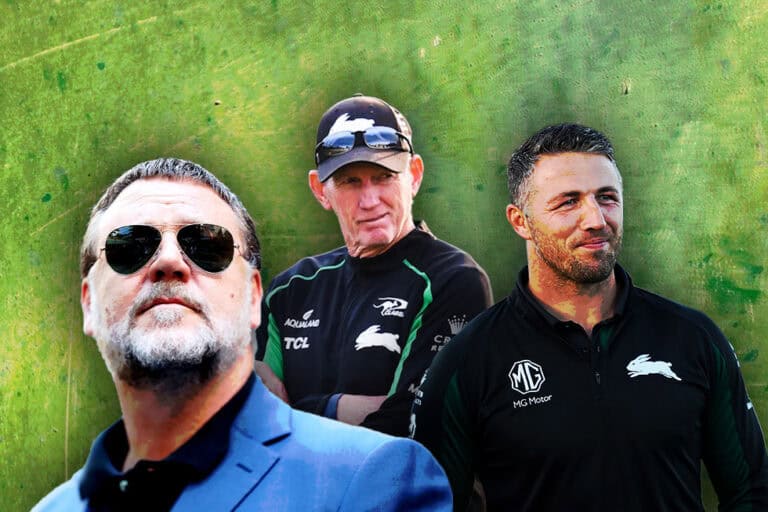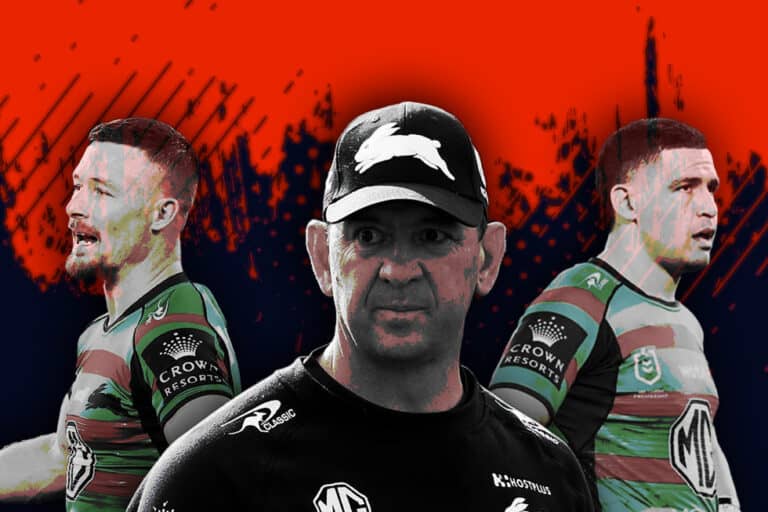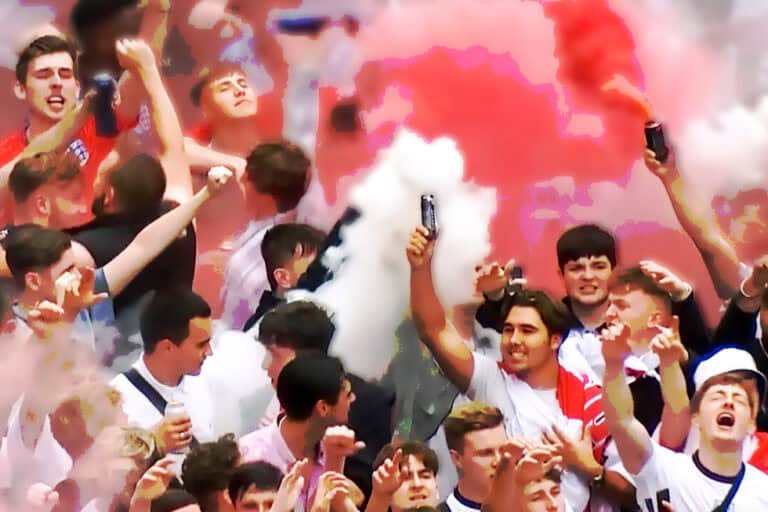The Central Coast Mariners have the smallest budget in the A-League. Yet, since 2020-21, few sides have consistently performed as well as they have. How is this the case?
Eighth. Last. Eighth. Last. Last. Last. Between 2014-15 and 2019-20, the Central Coast Mariners were all but rooted to the bottom of the A-League ladder. A side that between 2010-11 and 2013-14 finished no lower than third, won one Premiership and one Grand Final, was coached by Graham Arnold and produced the likes of Matt Ryan, Trent Sainsbury, Oli Bozanic and Tom Rogic had fallen so far from grace.
To many, they were the A-League’s laughingstock. A club synonymous with failure that many suspected would never release the anchor rooting them to the bottom of the league and likely fold, as so many clubs before them had done.
Yet, that is not the case. No A-League club is run better than the one based in Gosford. The Mariners are the A-League’s model club. One that marries on-field performance with the continual development of young Australians. In the four seasons since 2020-21, the Mariners have made the finals four times, never finishing the regular season lower than fifth and doing so with a largely homegrown and young side.
The crowning moment of their revival came in the 2023 A-League Grand Final, when the Central Coast Mariners beat Melbourne City 6-1 with a side featuring four academy graduates, two young Australian footballers plucked from another club’s academy, and overseas players who arrived without big reputations or exorbitant price tags.
For that Mariners side to beat Melbourne City, backed by the City Football Group, owners of reigning English and European champions Manchester City, is a remarkable Australian sporting story. The A-League’s smallest budget clashed with a club backed by an endlessly wealthy nation-state loaded with Socceroos stars and not won convincingly.
In the space of three seasons, the Mariners went from dead last to league champions and remain in the hunt for back-to-back Grand Final victories in 2023-24. How has such a momentous turnaround come to fruition?
Check us out on socials, @onlysportsanz: Instagram | Twitter | Tik Tok
How the Central Coast Mariners have revitalised their fortunes
A core element of the Central Coast Mariners’ revitalisation has been the club’s emphasis on promoting academy talent and developing young Australians, providing them with ample minutes to express their talents and improve the side, before allowing them to move on to Europe. At the end of the one player’s cycle, another begins.
Take Kye Rowles, for example. Signed from Brisbane Roar, where he made just two A-League appearances, Rowles played no less than 20 league games in each of his four seasons at the Mariners before departing for Scottish club Hearts of Midlothian at the end of the 2021-22 campaign.
Where most sides would’ve panicked at losing their top young central defender and looked to replace him with an experienced A-League veteran or a near-retired European footballer, the Mariners returned to the Australian market, signing 19-year-old Nectarios Triantis from the Western Sydney Wanderers, where he made a sole league appearance.
Alongside Vanuatuan footballer, Brian Kaltak, Triantis was critical to a Mariners side that conceded just 35 goals in the 2022-23 season on the way to a resounding Grand Final victory.
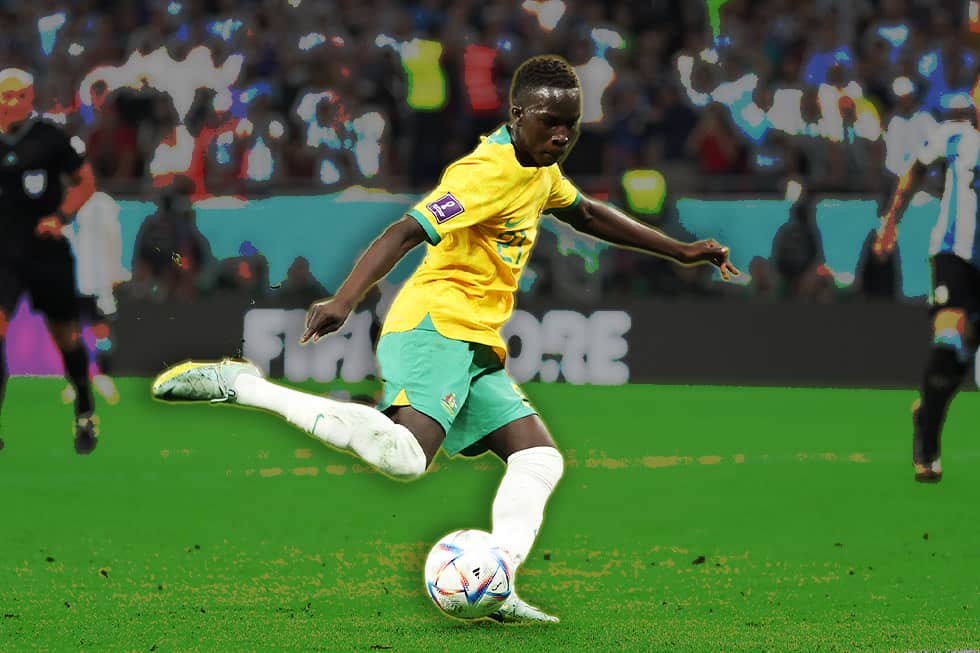
Check us out on socials, @onlysportsanz: Instagram | Twitter | Tik Tok
This strategy is not new at the club. For many years it has been implemented at the club, with the Mariners recruitment policy favouring developing Australian talent above all else. In 2013, when the club won their first Grand Final under Graham Arnold, they did so with a side featuring a sole overseas-born player, Patrick Zwaanswijk (midfielder John Hutchinson is a Maltese international but was born in Victoria).
In 2023, that figure rose to five. And yet, the overwhelming majority of the side that beat Melbourne City was homegrown, including Mariners academy graduates Josh Nisbet, Jacob Farrell, Max Balard and Harrison Steele.
When the market is dipped into and foreign players are signed, they’re never the highest profile. At the beginning of the 2022-23 season, clubs around the league welcomed the arrival of many former European top-flight footballers. Marcelo, Valon Berisha and Tongo Doumbia arrived at the Wanderers, Melbourne City and Western United respectively having all spent significant spells of their professional career in the French top flight.
Charlie Austin, Carl Jenkinson, Jack Rodwell and Nani had respectable, and in Nani’s case exceptional, careers in the Premier League before arriving on Australian shores while Robert Mak’s resume would be the envy of most Australian footballers.
Yet, none arrived at the eventual Champions. For their part, Central Coast’s scouting system, which has to align with their shoestring budget, meant their overseas arrivals, bar the returning Sam Silvera, came from European academies or obscure pockets of world football.
In the absence of big names, results still came. By not hunting the backbreaking shirt sellers and marketers’ delights, the Mariners managed to avoid a key theme of recent A-League seasons: underwhelming international marquee signings.
To name a few, Nani lasted just 10 games at Melbourne Victory, Jack Rodwell has been perenially injured since arriving at Sydney FC, while Charlie Auston lasted just half a season at the Brisbane Roar.
More than any other side, the Mariners seem to understand this reality. As opposed to hunting ageing European stars with half their heart content on a cruisy Australian holiday to finish their career, the Mariners found success in lower profile international footballers from Brazil, Vanuatu and Portugal, who arrived and fought for the badge as if they were homegrown.
This is best exemplified by Jason Cummings, who arrived from Scotland without fanfare and turned into a cult hero and future Socceroo. In a sea of recent international marquee arrivals, Cummings has a strong case to be considered the best.
Evidently, this strategy produces exceptional results. Yet, outside of the Mariners, few A-League clubs take a similar approach to recruitment and development.
Check us out on socials, @onlysportsanz: Instagram | Twitter | Tik Tok
Why the Mariners should be the model A-League club
Take away their recent success and revitalised performances. Look not at the 6-1 Grand Final result, or the finals football, or the 2021 Australian Cup final and the Mariners are still the model A-League club. Look at how extraordinarily well the club is run off the field. Sustainable growth targeting long-term progression and performance that still provides short-term results and facilitates player growth has defined their 2020s.
On a modest budget compared to the rest of the league, they manage to find diamonds in the rough and produce more Australian players, and future Socceroos, than just about any other A-League side.
Sam Silvera, Triantis, Garang Kuol, Josh Nisbet, Jacob Farrell, Lewis Miller and Gianni Stensness have all featured for the Mariners and have been in and around the Australian national team setup, either for the Socceroos or Olyroos, since 2020.
Their emphasis on youth development creates financial benefits. Homegrown and academy players are lighter on the wage book and, especially in an Australian market devoid of transfer fees, cost next to nothing to produce. For accountants, this is a dream as they represent pure profit that can be reinvested throughout the club.
Football isn’t about finances though. Inherently, it’s about community, something Australian football has failed to grasp for most of its modern history. Fans resonate with players developed through a club’s academy. Certainly, they face greater scrutiny, which is to be expected when representing an entire community. Equally, they’re afforded a longer leash than foreign stars, their names sung louder when announced over the PA system.
What the Mariners do best is buy into what football is about. Manchester United have had an academy graduate in their matchday squad for multiple generations. Celtic won the European Cup with a squad entirely filled with Glaswegians. Barcelona’s success in the 2010s was built around academy graduates. The list goes on.
Check us out on socials, @onlysportsanz: Instagram | Twitter | Tik Tok
The Mariners have nailed what it means to be a football club. It’s not about signing the 100th European reject on wages double the average A-League player because they might sell a few extra shirts. It’s about community and finding and producing Australian talent, whose career progression benefits the game as a whole and makes Mariners fans proud to be Mariners fans whilst buying into the club’s community.
They aren’t the only example of a club run in such a way. Adelaide United do an equally impressive job at producing young talented Australian footballers, such as Nestory Irankunda, and regenerating their squad when said talents move abroad to continue their progression. It’s just that the Mariners do it best.

